Dates and tour destinations are flexible. Join part of it or extend it for few more days.
Day 1: Casablanca – Rabat (90 km – 1 hour) or pick up in Marrakech
We will meet you at the airport in Casablanca, and welcome you to Morocco. There is much to see in Casablanca. But our first stop will be the outside of the Great Mosque of Hassan II, which was started in 1963 and inaugurated in 1993. It is a truly magnificent building built partly on land and partly on a rocky promontory and it is one of the largest mosques in the world. From the mosque’s grounds, you can also see the el Hank Lighthouse sitting on its little island about a mile out to sea. You will also see the old town and Port in the Anfa district and stroll down the famous Boulevard de la Corniche, with its many restaurants, cafés, and luxury hotels. We will visit the United Nations square and the massive Mohammed V Square with its central fountain and thousands of pigeons and gulls in fierce competition for bread and couscous! And then make our way to Rabat, an hour’s drive away, where we will stay for the night.
| DEPARTURE/RETURN LOCATION | Casablanca, Morocco |
| THEME | Morocco Experience |
| Destinations | Casablanca |
| Physical rating | 2/5 |
| STYLE | Original |
| AGES | Min 4 |
| GROUP SIZE | Min 1 – Max 16 |
| TRIP CODE | 11A10A |
INCLUSION
Meals
- 13 Breakfast
- 0 Lunches
- 13 Dinners
ACCOMODATION
- Hotel/Riad (12 night)
- Camp (1 night)
TransportTravelling in an air- conditioned vehicle with an English speaking experienced guide/driver.
Day 1: Casablanca – Rabat (90 km - 1 hour) or pick up in Marrakech
Day 2: Rabat – Chefchaouen .
Day 3: Chefchaouen.
Day 4: Chefchaouen – Volubilis –Meknes –Fes.
Day 5: Fes – Fully Guided Tour.
mosque, the 14th century merchants’ shops; and the tanneries – where leather is stained in an array of striking colours. We hope you enjoy your tour and the Riad Tafilalet, where you will spend the night.
Day 6: Fes – Azrou – Midelt –Merzouga – 470km.
We stop for a late lunch in Midelt, and then continue the mountain road from where we will see the River Ziz, and kasbahs and palm groves. We will pass through the we continue on mountain roads overlooking the wide flowing Oued Ziz. Passing Kasbahs and palm groves we pass through the colourful city of Er-Rachidia and in the late afternoon arrive at Merzouga, on the edge of the Sahara Desert.
Now you swop car seat for a camel saddle and enjoy a beautiful sunset as you ride through the sand dunes of the Sahara for about an hour before reaching the Erg Chebbi dunes and your Berber camp for the night, and where you will spend the evening under a starry sky eating delicious food prepared by your guide, and being entertained by Berber musicians.
Day 7: Merzouga –Rissani –Todra Gorge –200km .
We continue on to Khamlia village, where you will have the chance to listen the Gnaoua music so typical of the region. Then it will be time to depart to Todra Gorge the highest in Morocco, with walls 300 metres high whilst its width at the bottom is just 20 metres apart. This, and the rest of the region, where kasbash, palm groves and earth villages abound, is a photographer’s paradise. We dine and spend the night at Todra Gorge.
Day 8: Todra Gorge – Dadès Gorge – Rose Valley – Ouarzazate – Ait Ben Haddou.
Day 9: Ait Ben Haddou – Imlil (High Atlas Mountains)
Day 10: Imlil
Day 11 : Imlil - Essaouira.
Day 12 : Essaouira - Marrakech
Day 13: Marrakech – Marrakech
*If you wish you can book a city guide for a 3-4 hour tour.
END OF THE TOUR
Tour package From Euros 2250
Activities
- Kasbah Ait Benhaddou visit
- Kasabh Telout Visit
- Marrakech medina Visit
- Essaouira medina visit
- Chefchaouen visit
- Dadas Gorge Visit
- Camel ride in the Sahara
- Imlil pottery visit
- Sand dunes of MerzougaVisit
- Fes Visit
- Rabat Visit
- Todra Gorge Visit
- visit the Hassan II mosque
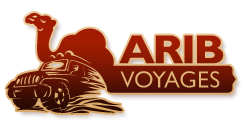
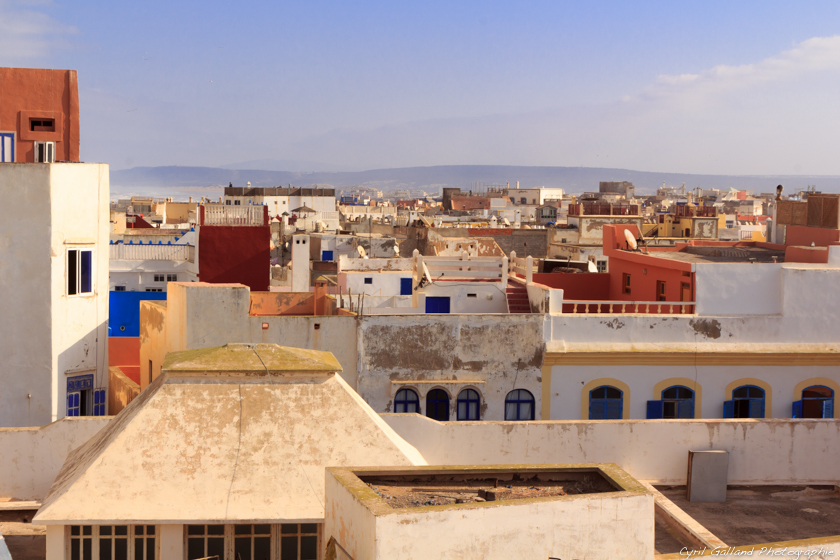
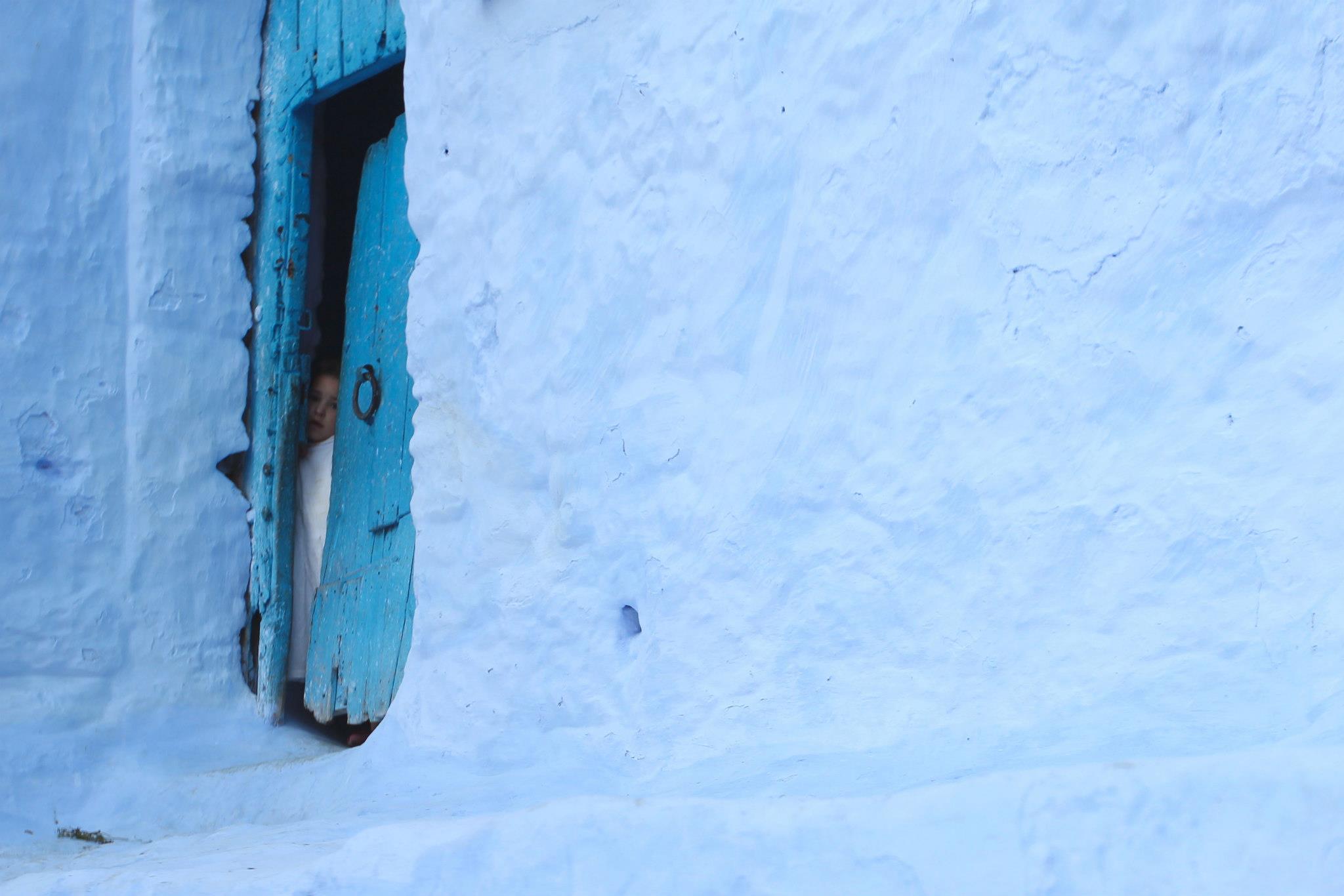
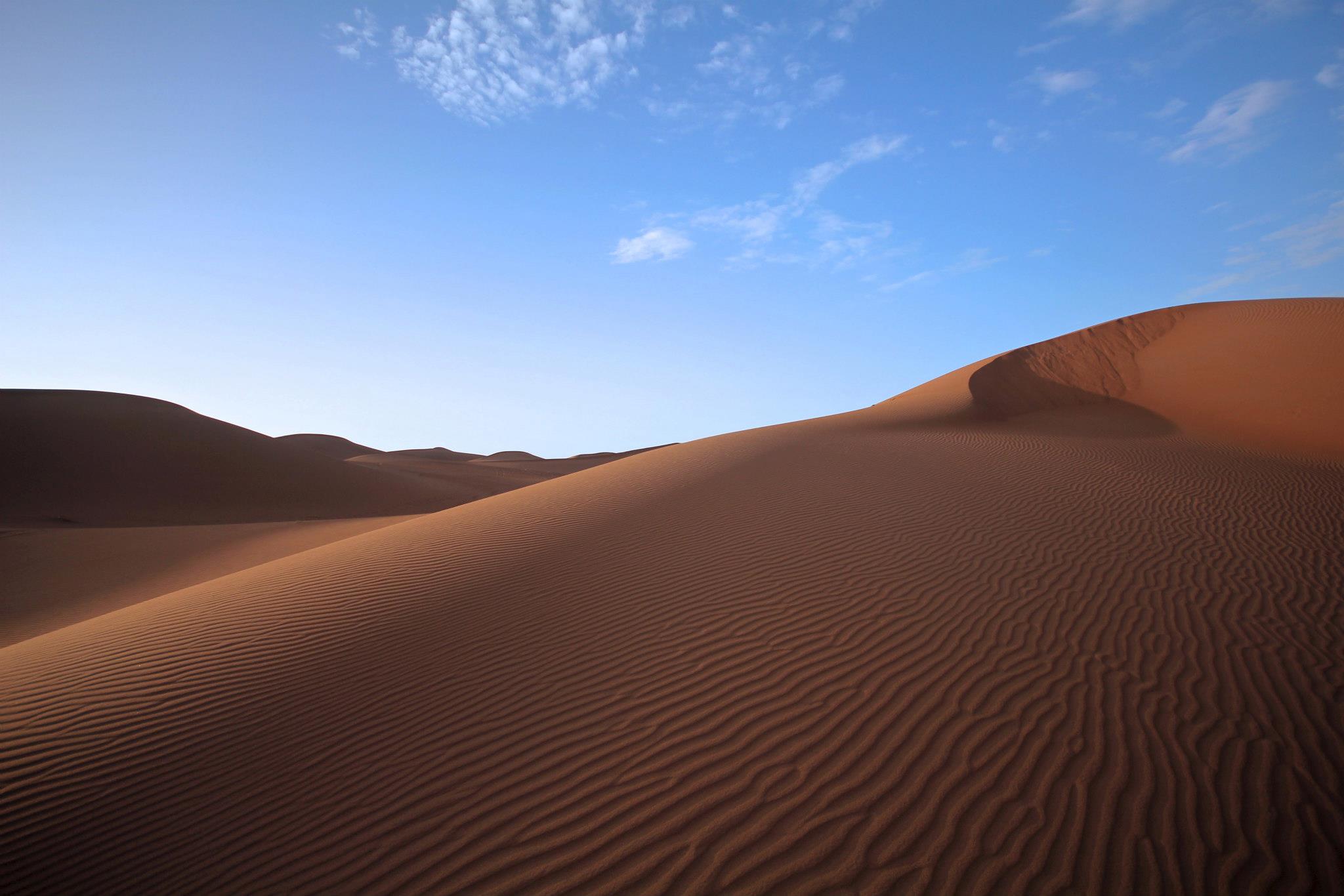
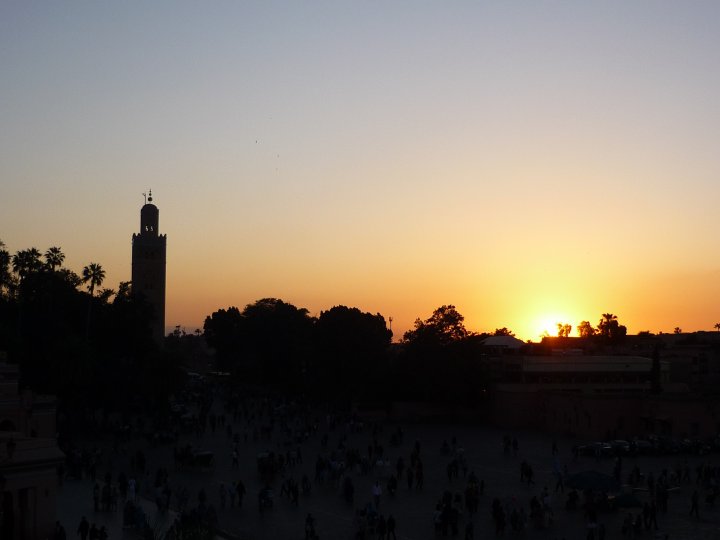
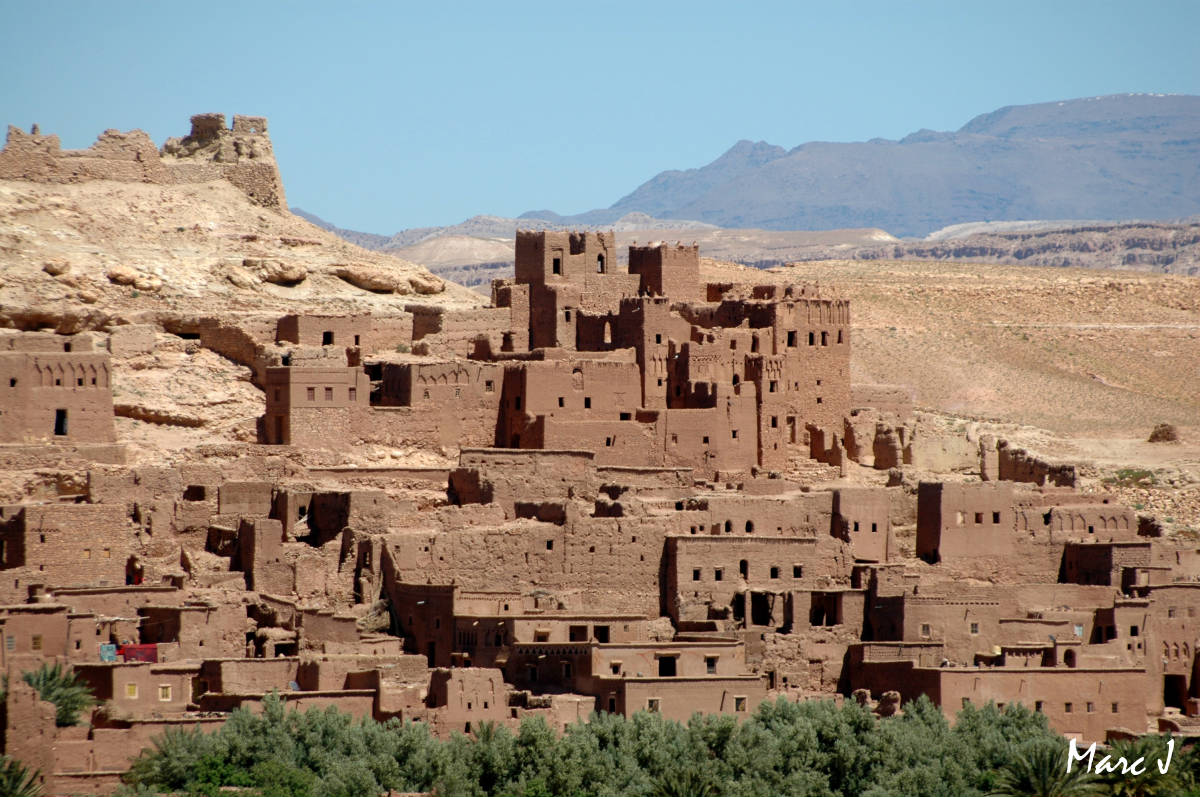

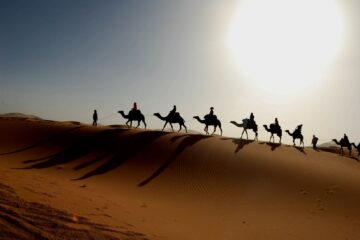
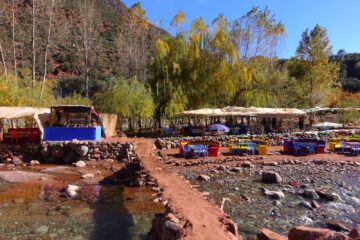
Tour Reviews
There are no reviews yet.
Leave a Review